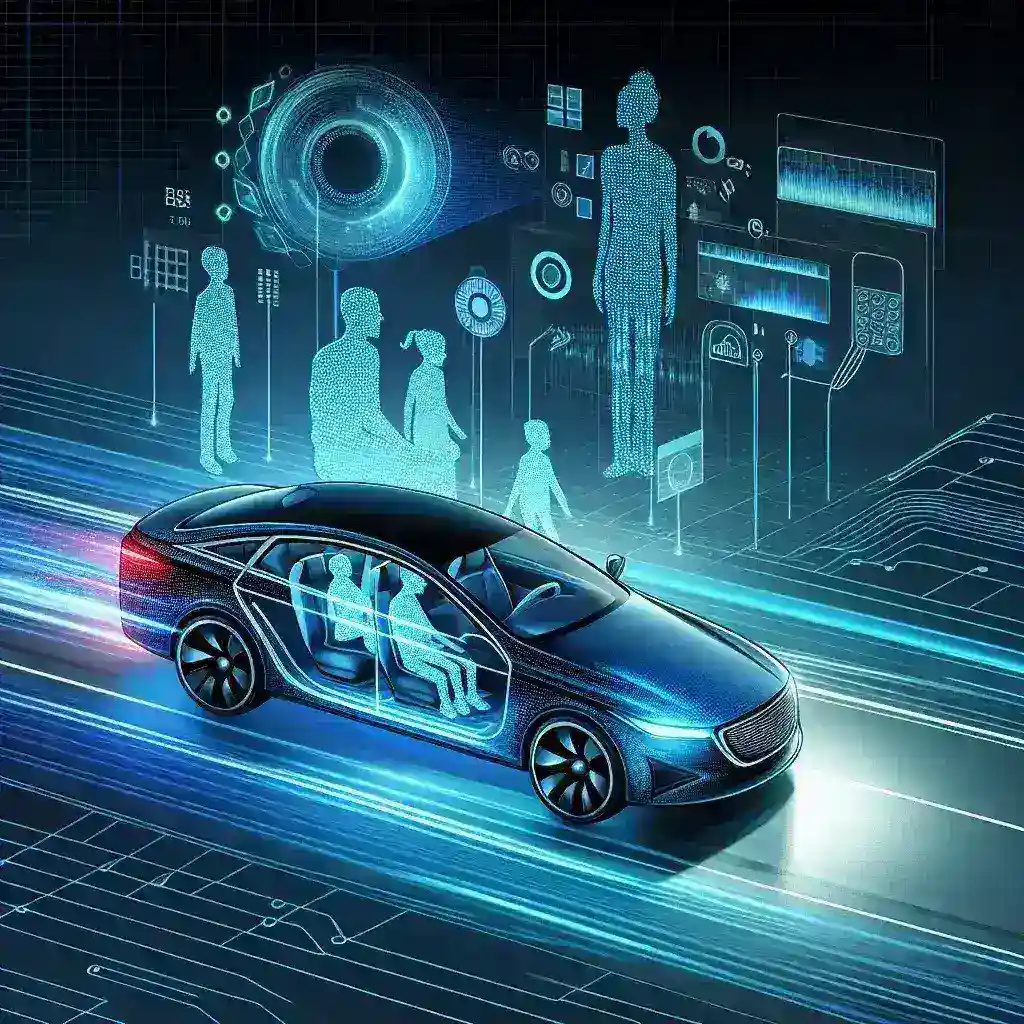Introduction
In recent years, Tesla has been at the forefront of automotive innovation, particularly in the realm of autonomous driving technology. One of its latest initiatives is the introduction of AI-powered adaptive driving profiles tailored specifically for U.S. families. This revolutionary technology aims to enhance driving experiences by learning from individual driver behaviors and preferences, ultimately creating a more personalized and safer driving environment.
Understanding AI-Powered Adaptive Driving Profiles
At its core, Tesla’s AI-powered adaptive driving profiles utilize advanced machine learning algorithms to analyze driving patterns. By considering various data points, including speed preferences, braking habits, and route choices, these profiles can adapt the vehicle’s performance to suit the individual driver’s style.
Key Features of Adaptive Driving Profiles
- Personalization: Each family member can have their unique profile, adjusting settings such as seat position, climate control, and infotainment options.
- Safety Enhancements: The system learns to identify high-risk driving behaviors, providing real-time feedback to promote safer driving practices.
- Convenience: With automated adjustments based on the driver’s preferences, families can enjoy a seamless transition between multiple users.
Historical Context of Tesla’s Innovations
To grasp the impact of these adaptive driving profiles, it’s essential to look back at Tesla’s journey in technology. The company’s foray into self-driving features started with Autopilot, which showcased the potential of AI in enhancing vehicle capabilities. Over time, Tesla has accumulated vast amounts of driving data, essential for training AI models that underpin the adaptive driving profiles.
Evolution of Autonomous Driving Technology
Initially, autonomous driving was viewed with skepticism; however, as AI technology advanced, so did public perception. Tesla’s commitment to transparency and regular software updates has built consumer trust, paving the way for wider acceptance of AI-driven features.
Future Predictions for AI in Automotive Technology
The future of AI in the automotive sector looks promising. Experts predict that by 2030, nearly 60% of new vehicles will incorporate some form of AI technology. As Tesla continues to refine its algorithms, the potential for adaptive driving profiles to evolve will expand, perhaps integrating predictive analytics to foresee driving conditions before they arise.
Potential Developments
- Integration with Smart Home Devices: Future iterations could link with smart home systems, allowing for even more personalization.
- Enhanced Safety Protocols: Leveraging AI to predict and react to potential hazards on the road.
- Broader Family Applications: Custom profiles could extend to multiple vehicle types, ensuring a consistent driving experience.
Pros and Cons of AI-Powered Adaptive Driving Profiles
Pros
- Enhanced Safety: Reduces the likelihood of accidents through proactive adjustments based on driver behavior.
- Increased Comfort: Personalization creates a more enjoyable driving experience.
- Reduced Stress: Families can minimize conflicts over vehicle settings through automated adjustments.
Cons
- Privacy Concerns: Families may worry about the data collected and how it is used.
- Reliance on Technology: Over-dependence could lead to complacency in driving skills.
- Cost Implications: Implementation of such technology may increase the vehicle’s price.
Real-Life Examples of Tesla’s Adaptive Profiles
Several U.S. families have trialed Tesla’s adaptive driving profiles, reporting increased satisfaction and safety on the road. One family shared their experience of how the profiles helped their teenage son adjust to driving by providing tailored feedback, which improved his confidence and driving skills.
Expert Insights
Industry experts emphasize the importance of such innovations in promoting safer driving habits. According to Dr. Emily Carter, a transportation safety specialist, “AI-powered systems can drastically alter our interaction with vehicles, creating environments that prioritize safety while accommodating personal preferences.”
Cultural Relevance and Impact
As families become more tech-savvy, the demand for personalized experiences grows. Tesla’s adaptive driving profiles resonate with a cultural shift toward customization and convenience, representing a significant leap in how families interact with technology on a daily basis.
Conclusion
Tesla’s piloting of AI-powered adaptive driving profiles marks a significant advancement in automotive technology. By focusing on personalization, safety, and convenience, this initiative not only enhances the family driving experience but also sets a precedent for future innovations in the industry. As families embrace this technology, the hope is that it fosters better driving habits while making journeys more enjoyable and tailored to individual needs.




